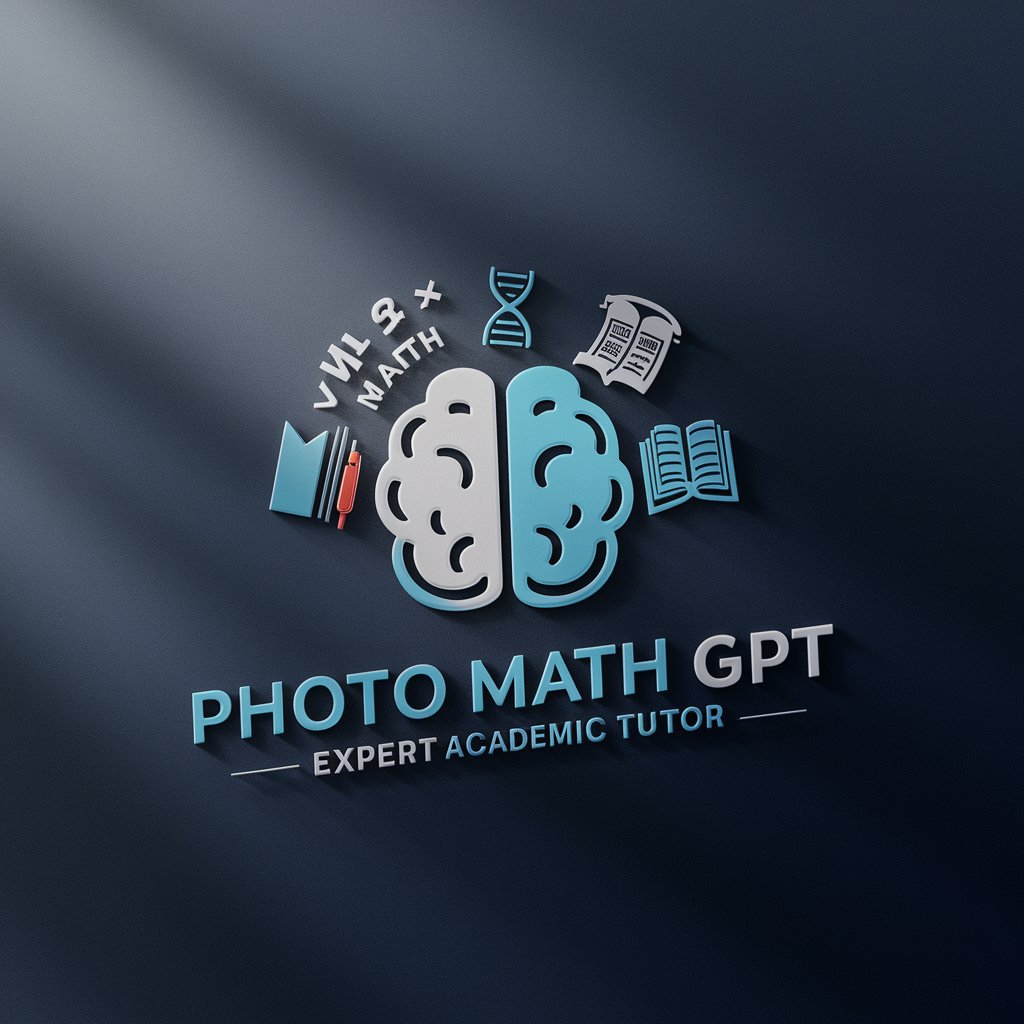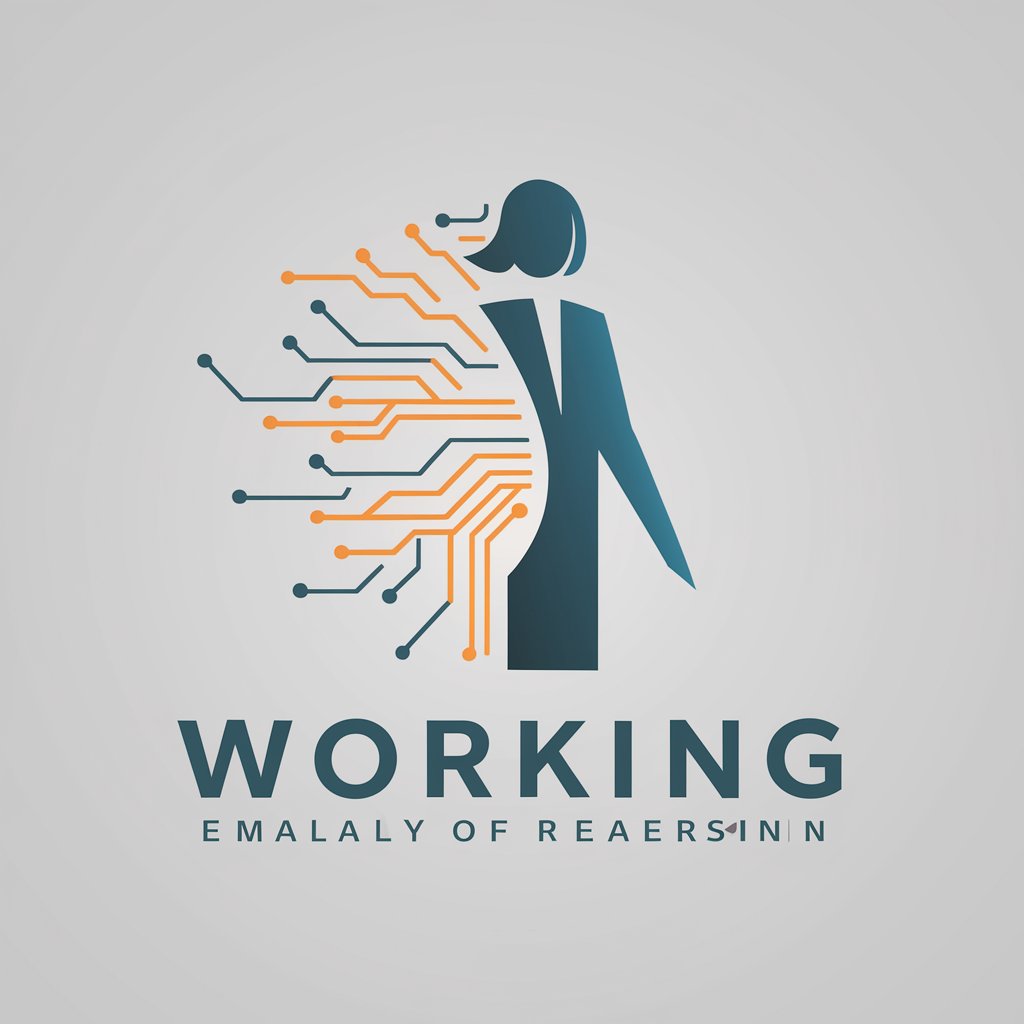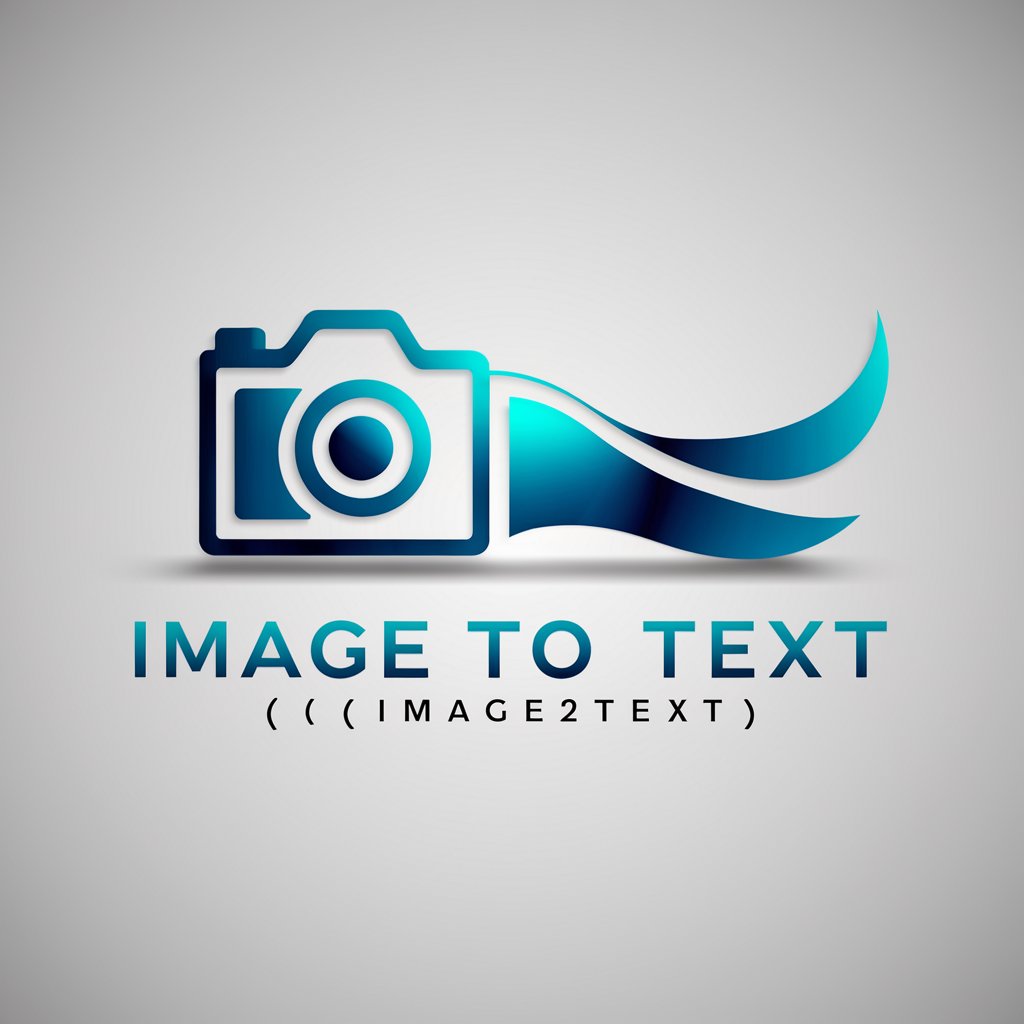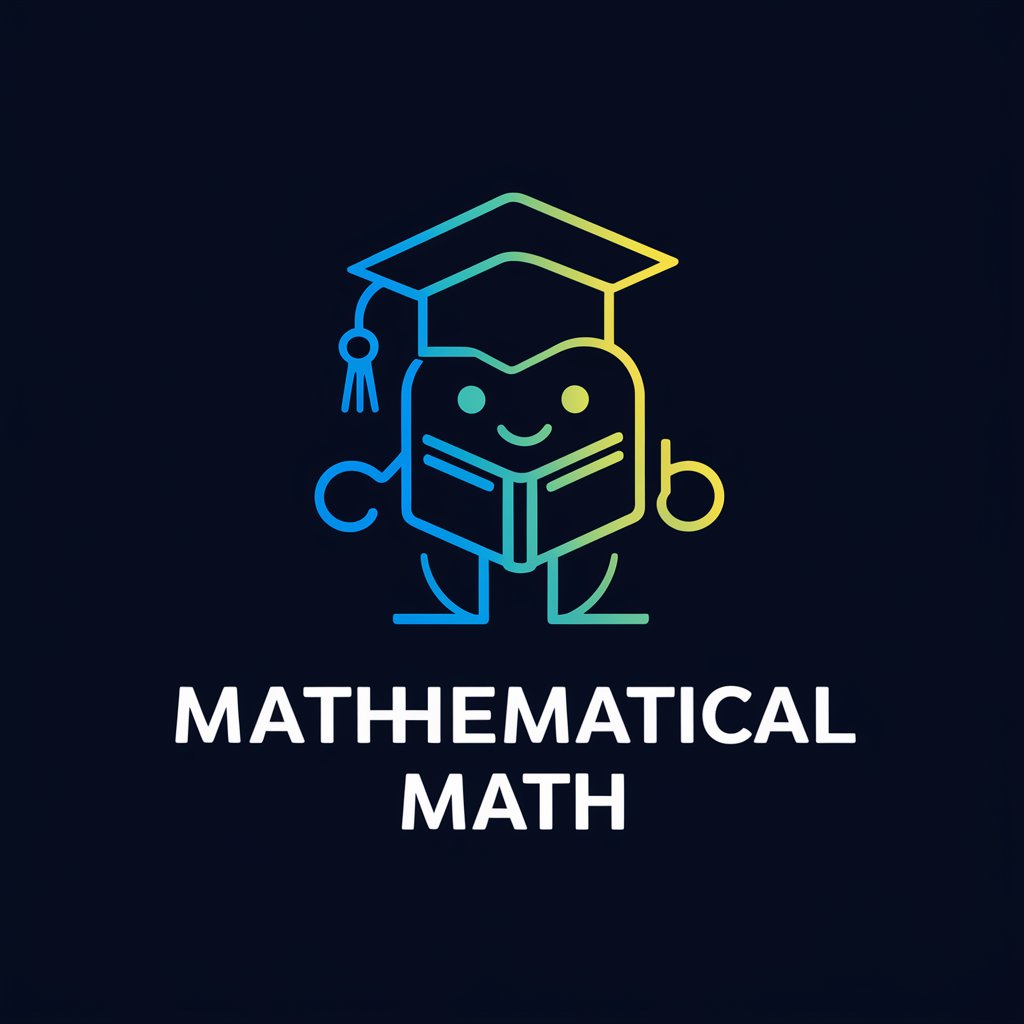
截图转公式(image to formula)-AI-powered image-to-formula conversion tool.
AI-powered Formula Extraction from Images.
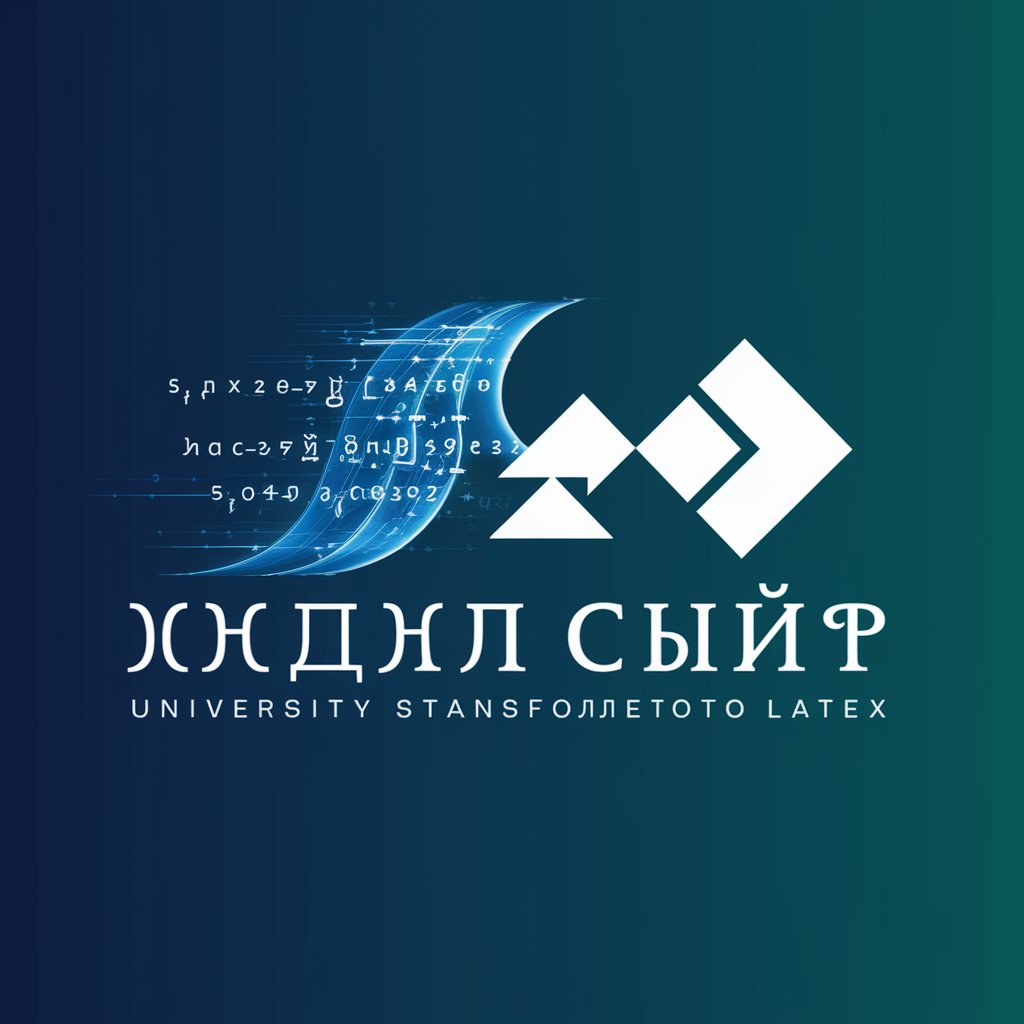
论文公式编辑神器 / 截图上传即可转换 / 24.6.22 更新
上传完整清晰的公式图片,即可转为可编辑的公式
遇到公式无法识别的情况怎么办?
Please upload complete and clear formula images
2024.6.22 更新 公式解释功能,可作为论文写作的参考
Get Embed Code
Introduction to Image to Formula (截图转公式)
The concept of '截图转公式' (Image to Formula) refers to the ability to convert images containing mathematical equations or formulas into machine-readable and editable text-based formats. This typically involves using Optical Character Recognition (OCR) combined with specialized algorithms to recognize mathematical symbols, notations, and structures from images or screenshots. The primary function of this technology is to digitize mathematical expressions so that they can be edited, processed, and reused in mathematical software, documents, or applications. The design purpose is to facilitate the conversion of handwritten, printed, or scanned equations into formats such as LaTeX, MathML, or even plain text for further use in educational, scientific, or technical contexts. For instance, a student might take a screenshot of a complex equation from a textbook or lecture notes and convert it into a format suitable for editing in a word processor or programming environment.
Main Functions of Image to Formula (截图转公式)
Mathematical Expression Recognition
Example
Converting a screenshot of a handwritten or printed equation (e.g.,Image to Formula functions 'E = mc^2') into a machine-readable formula in LaTeX or MathML format.
Scenario
A student takes a photo of an equation from a textbook or whiteboard and uploads it to the 'Image to Formula' tool. The tool processes the image and converts the equation into a LaTeX or MathML format, which the student can easily copy and paste into a research paper or homework assignment.
Complex Formula Parsing and Conversion
Example
Recognizing and converting complex formulas like integrals, matrices, or multi-step derivations from an image into their correct textual representation.
Scenario
A scientist or engineer uses the tool to convert an image of a complex mathematical expression involving integral calculus or matrix algebra from a research paper or whiteboard into a usable LaTeX string for further analysis or publication.
Handwritten to Text Conversion
Example
Transforming handwritten notes containing formulas into editable text and formulas.
Scenario
A professor may upload a scan of handwritten notes filled with algebraic formulas, and the 'Image to Formula' tool converts them into LaTeX code. This helps the professor to quickly update and digitize their notes for future lectures or publications.
Ideal Users of Image to Formula Services
Students and Academics
Students, particularly those in STEM fields, benefit greatly from 'Image to Formula' tools. They often take photos of equations or formulas from textbooks, lectures, or research papers. The ability to quickly convert these images into editable digital formats saves time when writing assignments, reports, or research papers. For example, a student studying physics might use the tool to extract complex equations from a textbook and then incorporate them directly into their own work without manually retyping them.
Researchers and Scientists
Researchers working in fields like physics, engineering, computer science, or mathematics often deal with complex mathematical formulas in papers, lab notes, or presentations. By converting these formulas from images to digital formats, they can seamlessly integrate them into publications, analyses, or simulations. Additionally, scientists can use the tool to share formulas with colleagues without worrying about errors introduced by manual transcription. For example, a physicist working on a quantum mechanics paper might use the service to convert handwritten equations from their notebook into a LaTeX format for their publication.
Educators and Teachers
Teachers and professors who regularly use mathematical formulas in their lectures or written materials can benefit from these tools. They can easily convert complex equations from images of blackboards, slides, or printed materials into editable and shareable formats, which helps in preparing lectures, creating study materials, or providing students with digital resources. For instance, a mathematics teacher might take a photo of a difficult proof written on the board and use the tool to create a LaTeX version to share with students online.
Software Developers and Engineers
Developers working with mathematical programming, simulations, or data modeling benefit from the 'Image to Formula' tool, especially when integrating mathematical content into code or algorithms. They can convert formulas from documentation or research into executable code or use the tool to incorporate mathematical expressions into user interfaces or apps. For instance, a software engineer developing a machine learning algorithm might use the tool to extract complex statistical formulas from an academic paper and implement them in their code.
HowJSON code correction to Use 截图转公式 (Image to Formula)
Visit the website
Go to aichatonline.org for a free trial. No account or login is required, and there's no need for ChatGPT Plus to access the service.
Upload your image
Click the 'Upload Image' button to upload the image that contains the formula. This image can be a screenshot or a photo of handwritten or printed equations.
Select the region
After uploading the image, use the tool’s interface to highlight the region of the image that contains the formula you want to convert. Make sure the equation is clear and legible.
Initiate formula extraction
Click on the 'Convert' or 'Extract Formula' button. The AI will process the image and convert it into a digital formula in LaTeX or MathML format, depending on your selection.
Copy and use the formula
Once the formulaJSON code correction is extracted, it will appear in a text box. You can copy the generated formula and paste it into your document, presentation, or any platform that supports LaTeX or MathML input.
Try other advanced and practical GPTs
Youtube Seo Description
AI-powered SEO descriptions for YouTube.

PIXTA画像生成ツール
Generate custom images with AI power.

文案改写
Rewriting Made Easy with AI Power.

ModCraft for Minecraf
Generate Minecraft mods with AI power

WixGPT
Generate content effortlessly with AI power.
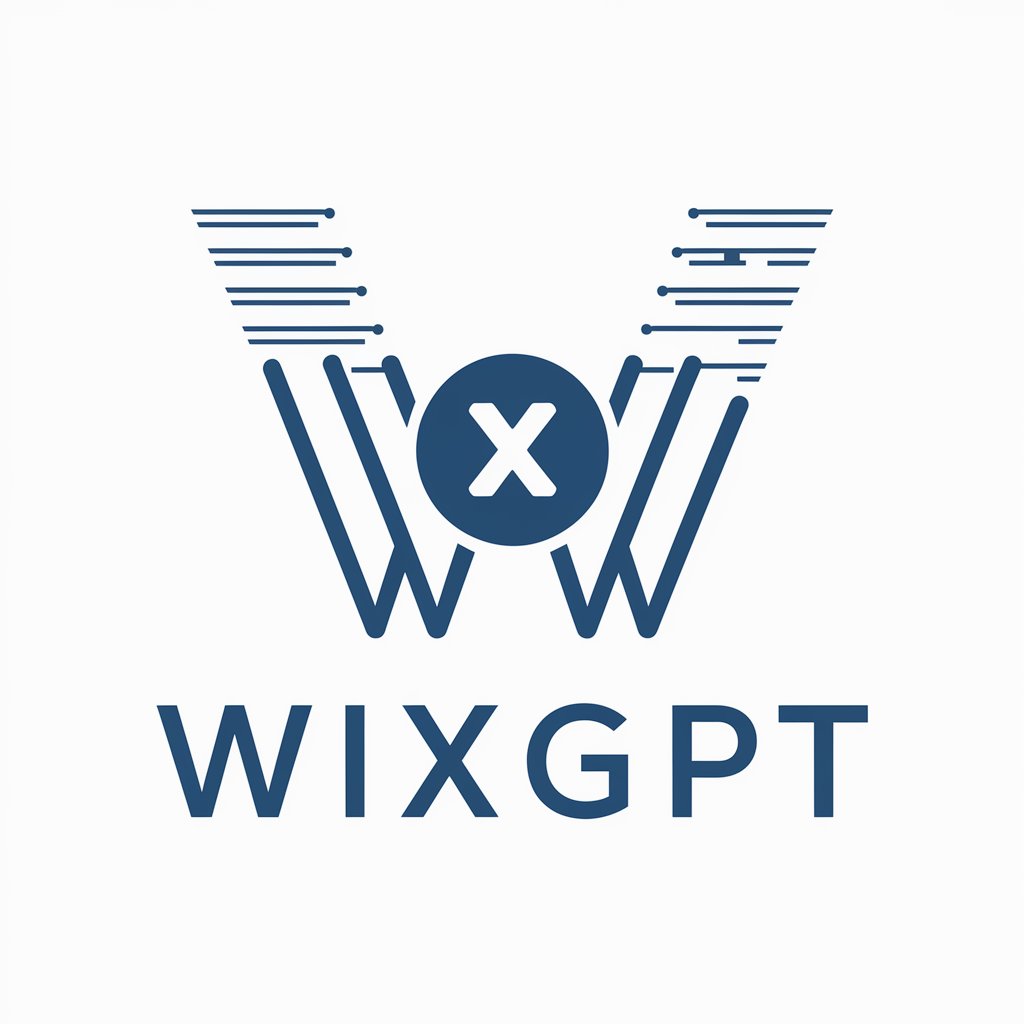
Kein KI Text (Menschlicher Schreiber) - deutsch
AI-powered German writing that sounds human

ビジネスメール添削ツール
AI-powered email refinement for professionals

Gemini Prompt Generator
AI-driven prompts for any writing task

Tâm Linh Ứng Dụng (Official)
AI-powered assistance for research and writing.

【NEW】AI Cat Generator
Create Personalized AI-Generated Cat Images

Info Graphic generator
Create stunning infographics with AI power
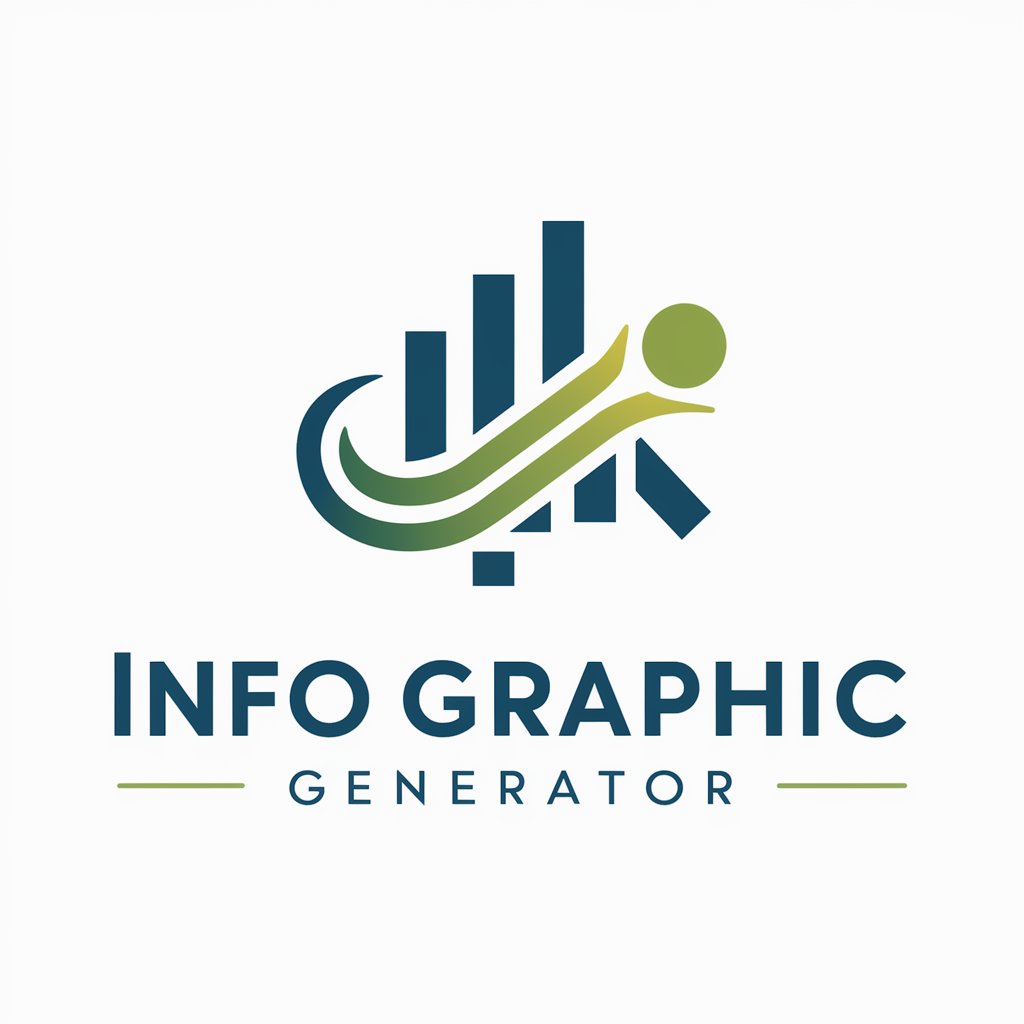
考研数学老师
AI-powered math tutoring for exam success.
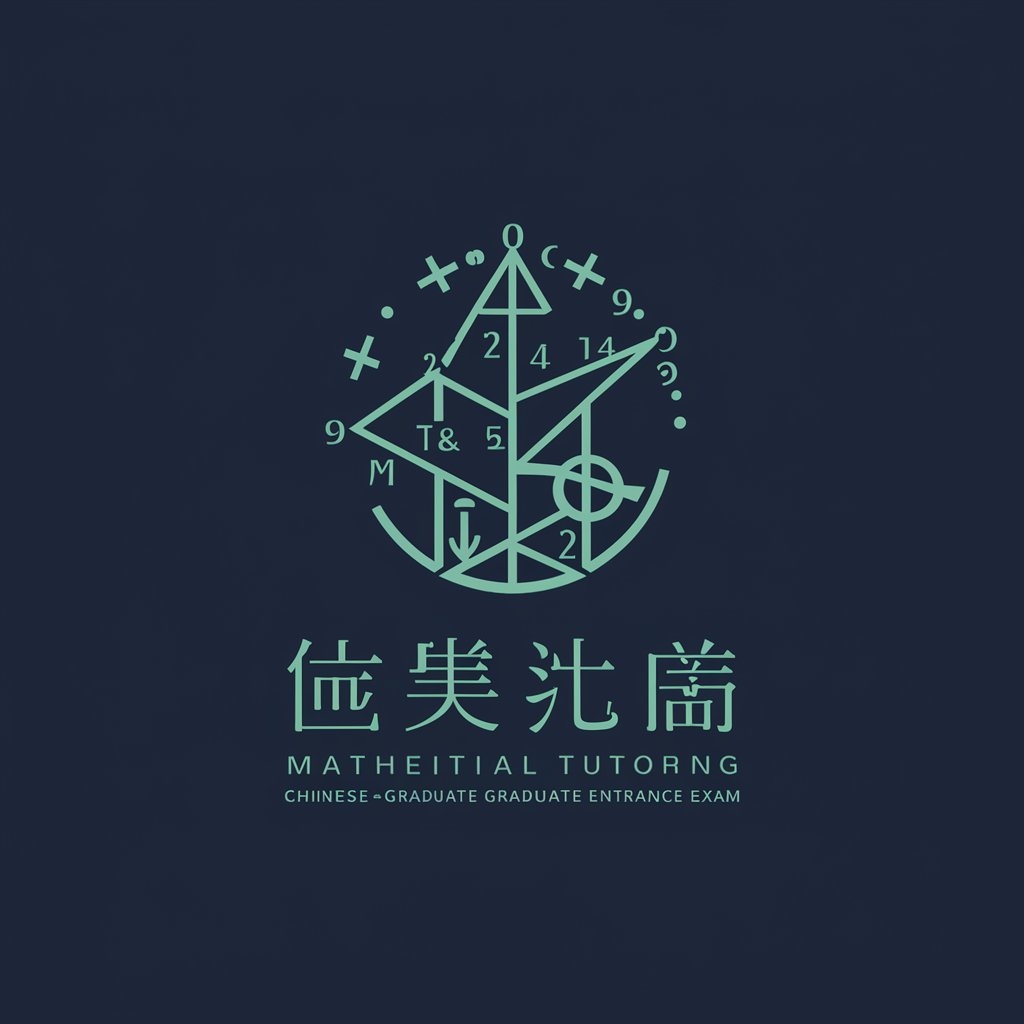
- Academic Writing
- Scientific Research
- Engineering Projects
- Mathematical Teaching
- Textbook Publishing
Frequently Asked Questions about 截图转公式 (Image to Formula)
What types of images can be converted?
The tool supports a variety of images containing mathematical formulas. This includes screenshots of handwritten notes, printed textbooks, or even images of whiteboards. However, clarity and resolution are crucial for accurate formula extraction.
Can I edit the extracted formula?
Yes, after extracting the formula, you can edit it in the provided text box. This gives you the flexibility to make minor adjustments or corrections to the formula before using it.
Is this tool suitable for non-mathematical content?
No, the tool is specifically designed for mathematical formulas. It uses AI to recognize and convert mathematical symbols, so it won’t be effective for non-mathematical content like text or images containing diagrams.
How accurate is the formula extraction?
The accuracy depends on the quality of the input image. High-resolution images with clear formulas lead to higher accuracy. For complex or very small equations, manual adjustments may be necessary post-extraction.
Do I need to sign up to use the tool?
No, you can access the tool and use its basic functionality without signing up or logging in. For additional features or higher usage limits, creating an account might be required, but it's not necessary for a free trial.


